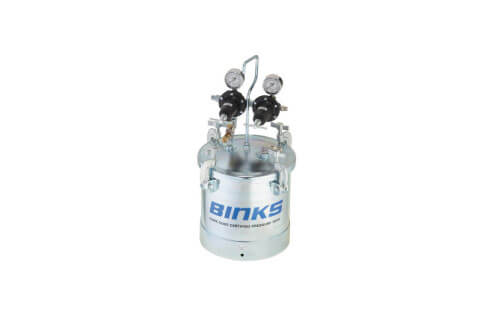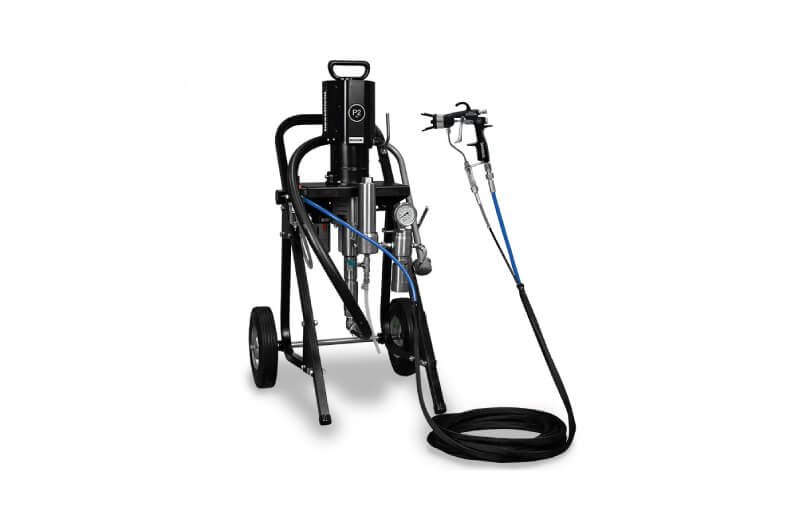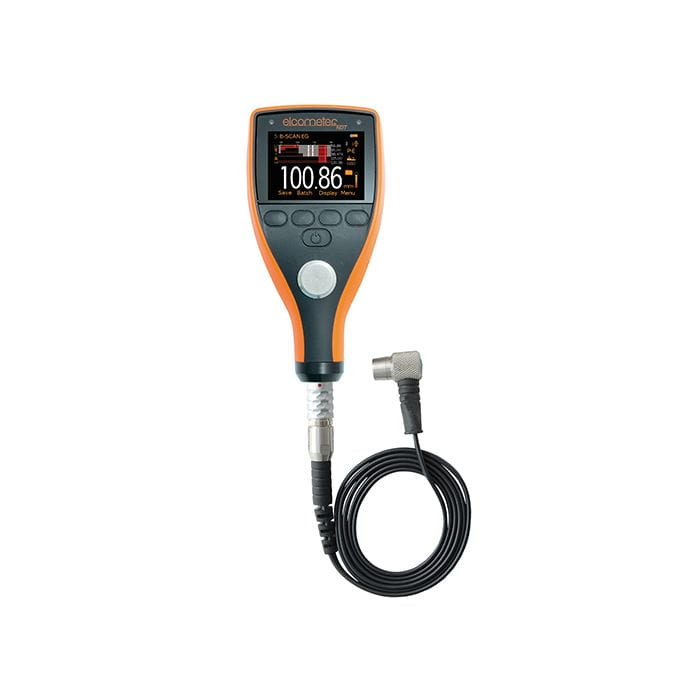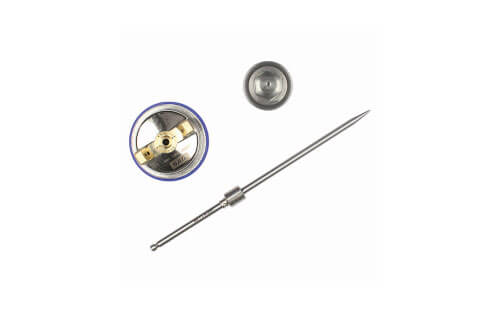Abrasive Recycling: Effectively Reducing Dust & Residue
Efficient abrasive recycling is the key to achieving consistent surface finishes, reducing costs, and minimizing rework. In addition to the right blasting equipment, dust extraction, screening, magnetic separation, moisture control and media quality monitoring ensure process stability.
Why recycling makes such a difference
- Consistent particle size: Screening removes fines and oversized particles, keeping the blast pattern reproducible.
- Lower consumption: Intact particles are returned to the process, reducing purchase costs.
- Clean surface: Removed debris and rust ensure better adhesion for subsequent coatings.
- Reduced nozzle wear: Clean media extends the service life of nozzles and valves.
Common causes of dust & residue
- Undersized dust extraction / filters: Insufficient airflow or saturated filter cartridges.
- Moist compressed air / damp media: Agglomeration, blockages, uneven blasting.
- Lack of accurate screening: Fines increase, visibility and quality decrease.
- No magnetic separation: Metallic contamination remains in circulation and causes scratches.
- Incorrect media hardness / shape: Excessive breakage, high dust levels, unstable roughness values.
Practical setup: how to systematically reduce dust
- Size your dust extraction correctly: Select airflow (m³/h) and filter area to suit the blast cabinet. Use differential pressure monitoring and automatic cleaning.
- Integrate screening: Vibrating or rotary sieves keep the particle size within the target range. Schedule sieve changes and cleaning.
- Use magnetic separators: Especially for mineral abrasives and mixed systems – reduces scratches and component damage.
- Eliminate moisture: Use refrigerated/adsorption dryers, water separators, and proper hose routing; monitor dew point.
- Monitor media quality: Regular visual checks, sieve analysis, and tracking of hourly consumption.
Shopfloor KPIs
- Fine content (%): Maintain within specification; sieve out rising values promptly.
- Media consumption (kg/h): Variations indicate leaks, excessive pressure, or poor recycling.
- Filter differential pressure (mbar): Set limits and plan filter changes based on data.
- Surface profile (µm): Verify reproducibility using replica tape and thickness gauge.
Quality assurance: measuring & documenting
- Surface profile: Replica tape & gauge for repeatable results.
- Cleanliness before coating: Dust tests according to ISO 8502-3 (comparison panels, roller, data sheets).
- Salt/ion contamination: Bresle and CSN tests to ensure coating adhesion.
- Climatic data: Document temperature, RH, dew point – use oven loggers or climate gauges.
Common mistakes – and how to avoid them
- Only changing the nozzle: Without recycling & dust extraction, the root cause remains.
- Excessive pressure: Increases breakage, dust, and wear – without improving quality.
- Poor maintenance: Filters, screens, and separators require scheduled service.
- No operator training: Consistent nozzle movement, distance, and overlap are essential.
Audit checklist
- Is extraction airflow & differential pressure recorded?
- Are screening and magnetic separation operational, clean, and accessible?
- Is compressed air dew point within range?
- Is media consumption & fine content monitored over time?
- Are surface profile, dust, and salt tests documented?
Tip: Find more technical background and practical guides on the manufacturer’s website at elcometer.com.









